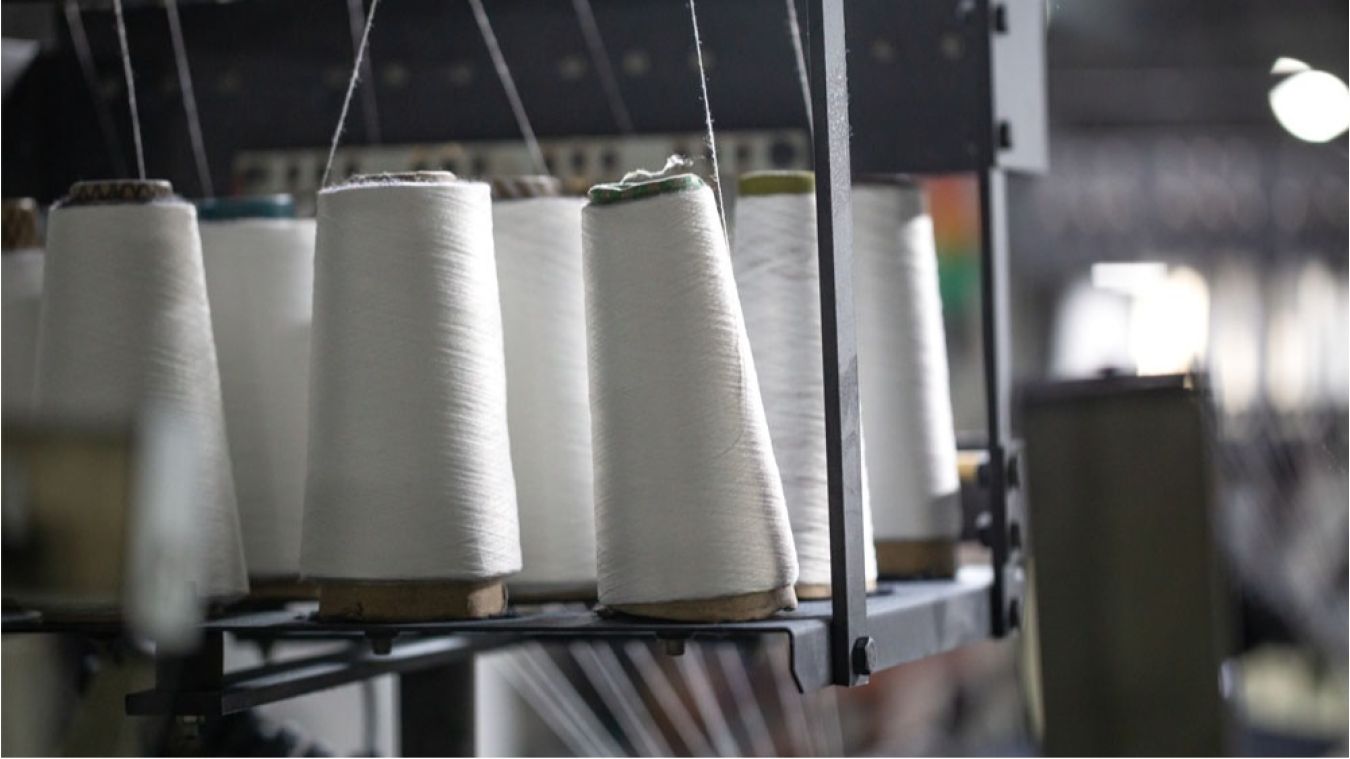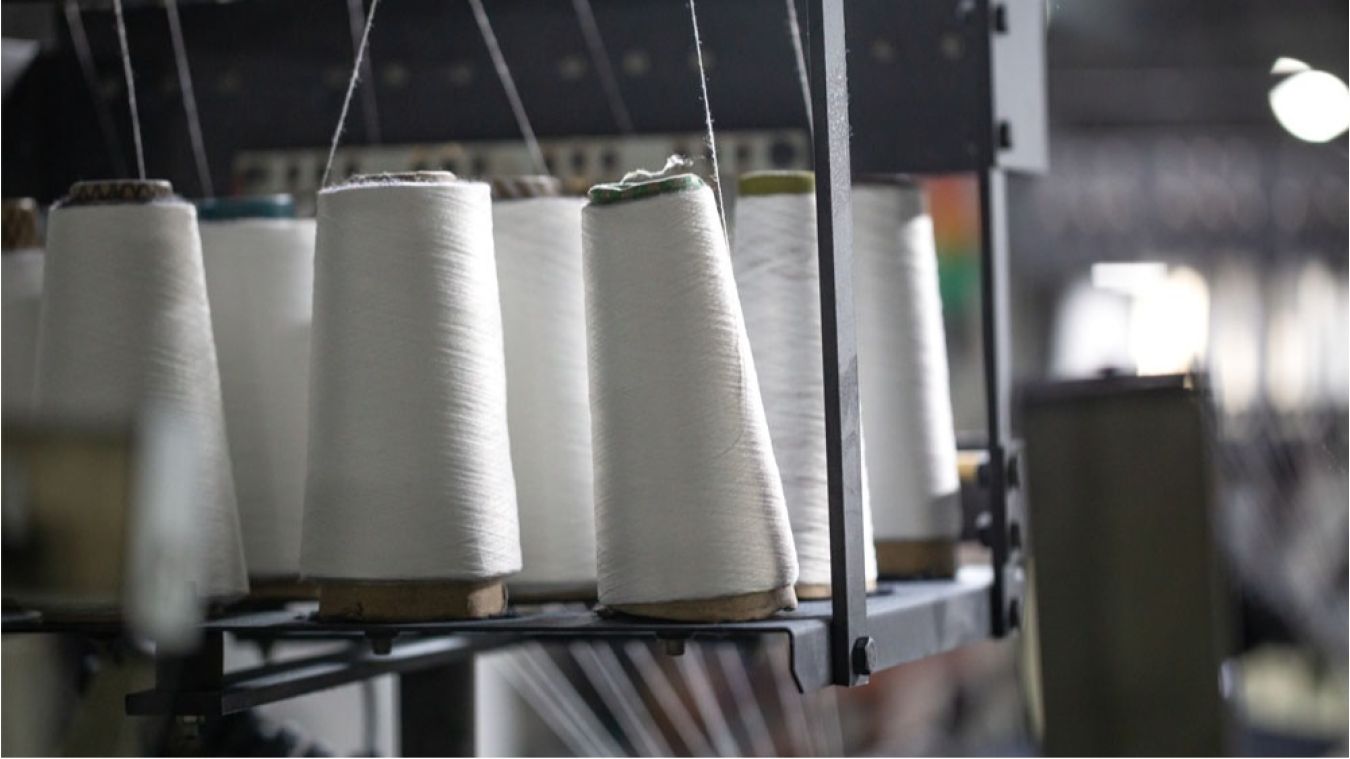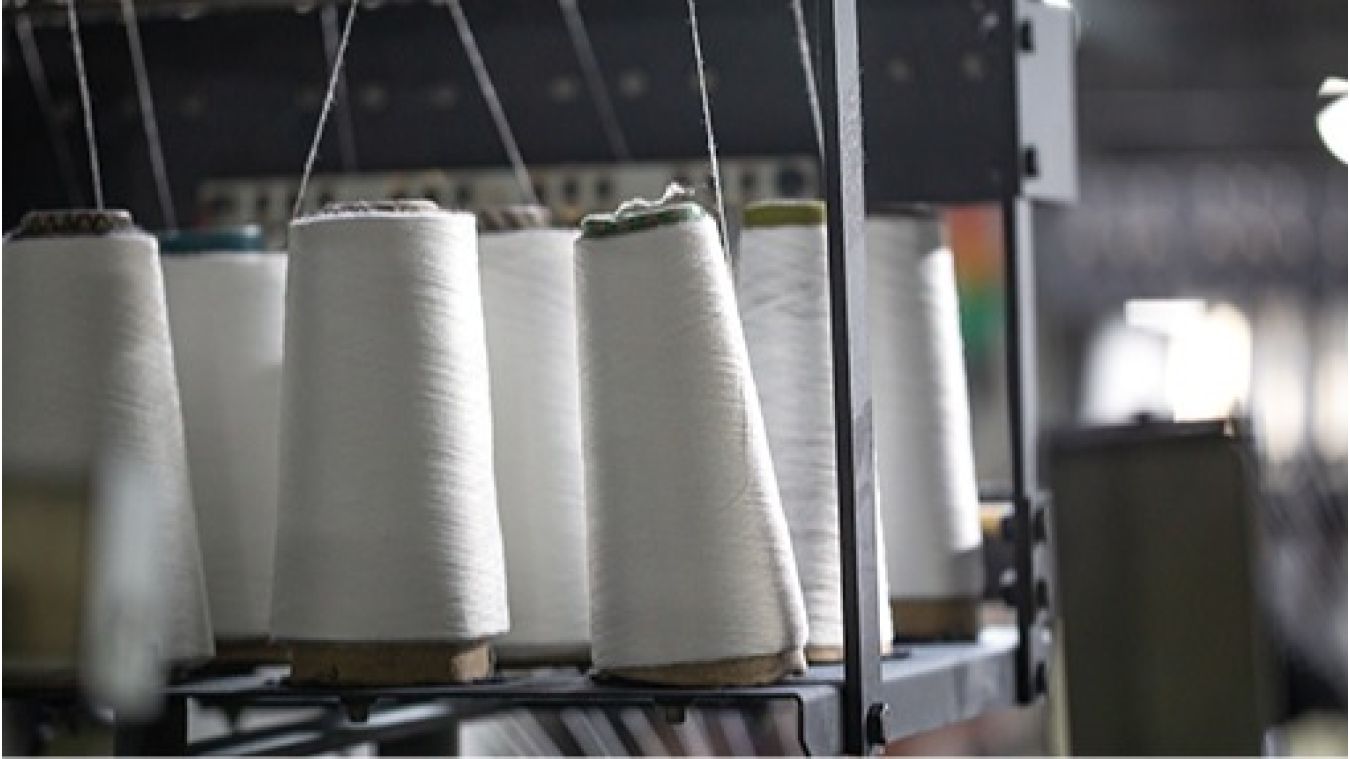


Gone are the times when traditional fabric production consumed significant water and harmful chemicals application without concerns about the environment. Global warming, natural disasters, and the massive disappearance of plants and animals have drawn growing interest in sustainable alternatives to produce textiles and manufacture clothes.
The sustainability move makes manufacturers shift from the 'take-make-dispose' model to a more circular and eco-conscious approach. Besides manufacturers, the shift towards sustainable fabrics has found significant support among consumers and fashion designers. People are increasingly seeking out clothing materials that align with their values and responsibilities.
Explore the future of fashion with our in-depth look at sustainable fabrics. Discover eco-friendly alternatives in clothing materials, from organic cotton and hemp to innovative recycled and semi-synthetic fibers. Learn how choosing sustainable fabrics for denim, swimwear, and other textiles positively impacts the environment and the fashion industry. Join us in redefining style with sustainability at its core.
What exactly makes a fabric sustainable? Sustainable fabric production, use, and disposal have the least possible environmental impact and positively affect social dynamics. These most sustainable clothing materials are defined by several key criteria that differentiate them from conventional textiles. Firstly, the production of sustainable fabrics often involves organic farming practices. This means that natural fibers like cotton, linen, or hemp are grown without the use of harmful pesticides or synthetic fertilizers.
Secondly, sustainable fabrics are characterized by chemical-free processing. Sustainable materials for clothing are processed using methods that significantly reduce or eliminate the need for these harmful chemicals, thus preventing pollution and protecting the health of workers in the industry.
Material recycling and the use of recycled materials are also fundamental aspects of sustainable fabric production. This approach not only reduces waste but also conserves natural resources by giving a second life to existing materials.
Another essential element of sustainable fabrics is their focus on cyclical production processes. Unlike the linear model of 'take-make-dispose,' sustainable textiles are designed with their entire lifecycle in mind. This means considering how a fabric can be reused, repurposed, or ultimately decomposed in an environmentally friendly manner at the end of its life. For example, biodegradable fabrics like organic cotton and wool can decompose naturally without leaving harmful residues.
A diverse array of sustainable clothing materials has emerged, each offering unique environmental benefits and aesthetic qualities. Here are a few of the leading sustainable fibres options. Some may be very familiar to you, and others you may just be hearing about for the first time.
Natural, sustainable fabric for clothing stands out for its minimal environmental impact and ethical production processes. These fabrics are derived from plant-based sources, aligning with vegan principles by avoiding any animal products or by-products in their production.
The choice of natural, sustainable fabric for clothing is driven by several factors:
● Environmental Impact: These fabrics are cultivated and processed in ways that significantly reduce their ecological footprint.
● Biodegradability: Unlike synthetic materials, natural sustainable fabrics are biodegradable, meaning they break down naturally without leaving harmful residues in the environment.
● Energy Efficiency: The production of natural fabrics typically consumes less energy compared to synthetic fabric production, further reducing their environmental impact.
● Health and Safety: These fabrics are safer for both consumers and workers, as they are free from toxic chemicals often used in conventional textile processing.
Here are some of the leading natural, sustainable eco fabrics that are making a difference in the fashion industry:
This is cotton grown without harmful chemicals, using methods with a low environmental impact. It is a common product in a wide range of clothing items, especially locally made and sourced products supporting local farms.
Known for its strength and durability, hemp requires minimal water and no pesticides. It's a sustainable alternative for various types of apparel and even accessories.
Produced from the flax plant, linen is highly valued for its light and airy qualities, making it a favorite for summer clothing. It is also naturally resistant to pests, requiring fewer chemical treatments.
When responsibly sourced and processed, bamboo fabric can be a sustainable choice. It's soft, breathable, and grows rapidly, requiring no pesticides and little water.
Recycled synthetic fabrics play a pivotal role in reducing environmental impact and fostering a circular economy. As vegan options, they do not involve any animal products, aligning with ethical fashion choices.
The use of recycled synthetic fabrics addresses several environmental concerns:
● Waste Reduction: By repurposing existing synthetic materials like plastic bottles, fishing nets, and industrial waste, these fabrics significantly reduce the amount of waste that ends up in landfills or the ocean.
● Conservation of Resources: Recycling synthetic materials means less reliance on virgin resources, such as petroleum, which is commonly used to produce new synthetic fibers. This not only conserves these non-renewable resources but also reduces the carbon footprint associated with their extraction and processing.
● Energy Efficiency: Recycling synthetic materials often requires less energy than producing new synthetic sustainable fibers, further minimizing the overall environmental impact.
Several recycled synthetic fabrics are leading the charge in sustainable fashion:
Perhaps the most well-known recycled synthetic fabric, recycled polyester, is made from PET plastic bottles. It's versatile, durable, and used in a wide range of products, from activewear to evening wear.
Like recycled polyester, recycled nylon is made from pre-consumer and post-consumer waste, including fishing nets. Its waterproof and durable properties make it an ideal candidate to be used in swimwear and sportswear.
A specific brand of recycled nylon, Econyl, is regenerated from nylon waste like industrial plastic, waste fabric, and fishing nets. It's infinitely recyclable, representing a closed-loop solution in fabric production.
A branded fiber made from recycled materials, including plastic bottles, Repreve transforms recycled content into a variety of textile products, promoting sustainable fashion fabrics without compromising on quality or performance.
These mostly vegan fabrics are derived from natural sources but undergo a synthetic process to become fiber. They are crucial in the sustainable fashion landscape, offering unique properties and eco-friendly fabric alternatives to fully synthetic materials.
Semi-synthetic fabrics address several key aspects of sustainable fashion:
● Resource Efficiency: Many of these materials are made from renewable resources, like wood pulp, which can be harvested and processed more sustainably than petroleum-based synthetics.
● Reduced Environmental Impact: The manufacturing process of semi-synthetic fabrics often uses less water and energy compared to the production of traditional synthetic materials. Biodegradability and Recyclability: Some semi-synthetic fabrics are biodegradable and can be recycled, contributing to a closed-loop system in the fashion industry.
● Innovation and Performance: These fabrics often combine the best of both worlds – the natural feel and breathability of organic materials with the strength, durability, and versatility of synthetic fibers.
Here are some key players in this category:
Made from wood cellulose, Tencel is known for its smooth texture, strength, and moisture-wicking properties. It's produced in a closed-loop process, where solvents and water are reused to minimize waste.
Often made from beech trees, modal is a type of rayon that is particularly soft and breathable. It's an excellent material for most eco-friendly clothing materials like underwear, loungewear, and sportswear.
Derived from wood pulp, viscose (or rayon) is versatile and commonly used in various garments. Eco-friendly fabric versions of viscose are now being produced with more sustainable practices, reducing environmental impact.
While the focus on sustainable fashion often leans towards plant-based materials, there's a growing interest in exploring how animal-derived fabrics can be produced in more sustainable ways. These potentially-sustainable natural animal fabrics, although not vegan, can offer eco-friendly fabric alternatives when sourced ethically and responsibly.
The sustainable production of animal-derived fabrics involves several critical ethical considerations:
● Animal Welfare: Ethical sourcing ensures that animals are treated humanely, with access to natural habitats, proper feeding, and care. This approach often opposes factory farming and supports small-scale farmers who adhere to high welfare standards.
● Environmental Stewardship: Sustainable animal fabric production focuses on minimizing environmental impact. This includes managing grazing to prevent overuse of land, using natural feed without pesticides, and minimizing water and chemical usage in processing.
● Quality and Durability: High-quality animal-derived fabrics can be more durable and longer-lasting than some synthetic alternatives, potentially reducing waste and consumption in the long run.
Several animal-derived fabrics are gaining attention for their potential sustainability:
Sourced from sheep raised on organic feed and without synthetic hormones or pesticides, organic wool is a renewable and biodegradable resource. Its production also supports soil health and biodiversity.
Produced without harming the silkworms, Peace Silk offers a more humane alternative to traditional silk. Silkworms finish their natural lifecycle and emerge from the cocoon, meaning they aren’t harmed in the process of taking their silk.
Alpacas have a lower environmental footprint than other wool-producing animals. They eat very gently compared to their peers, leaving plant systems intact and available for other animals.
Cashmere can be sustainable when sourced from small-scale herders practising responsible grazing to prevent land degradation. Ethical cashmere focuses on the well-being of the goats and the preservation of traditional herding practices.
Leather can be a byproduct of the food industry, and when processed using environmentally friendly methods, it can be more sustainable. Ethical leather often comes from farms with high animal welfare standards and uses tanning processes that minimize chemical use.
More and more manufacturers, fashion designers, and consumers of their products are becoming conscious of what they buy and wear. The exploration of the best sustainable fabric suppliers is not just a trend but a necessary shift toward environmental responsibility.
Fashion can be both beautiful and beneficial to the earth. Today's consumers are more well-informed about how their fashion choices are made of sustainable clothing materials and how the brands they support impact the environment.